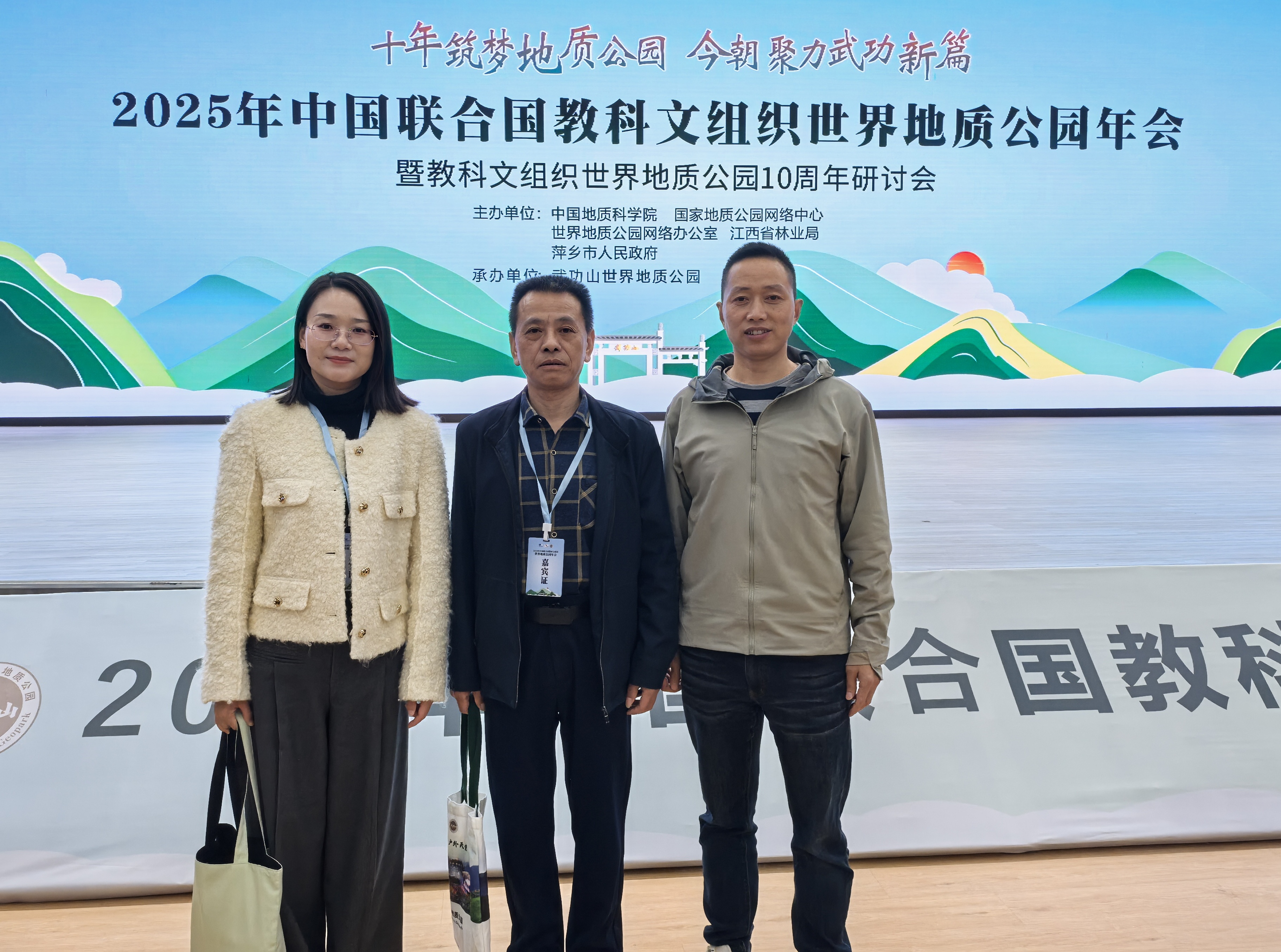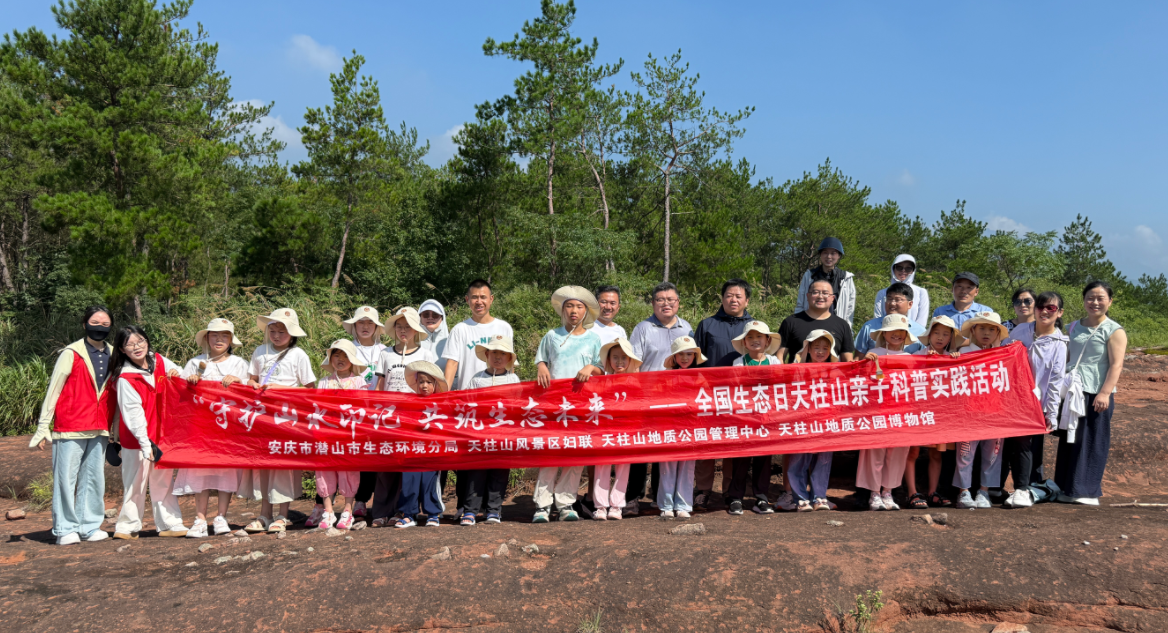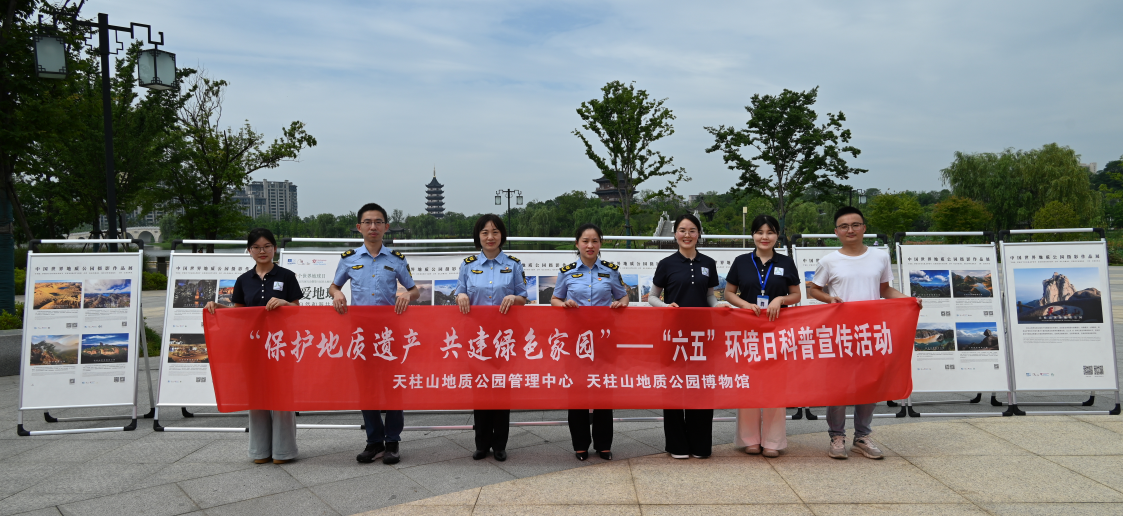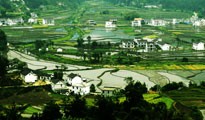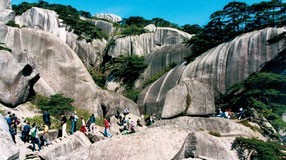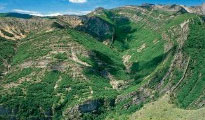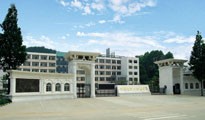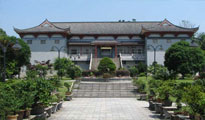
Tianzhushan UNESCO Global Geopark is located in Qianshan City, Anhui Province, P.R. China. It is located at a latitude of 30°35′17″ ~ 30°48′41″N and a longitude of 116°16′04″ ~ 116°33′41 E. It is connected with Dabieshan in the northwest and borders on the Yangtze River in the southeast, with a total area of 413.14km2. The main peak is 1489.8m high, like a gigantic pillar propping up the heavens, so it is called “Tianzhu” (which literally means “Heavenly Pillar'' in English). Tianzhushan Geopark is located in the eastern part of Dabieshan Orogenic Belt between the North China and Yangtze Paleo-Plates and the southern part of Tancheng-Lujiang Fault Zone. It is currently internationally recognized as an important area of UHP metamorphic belt, due to having the largest scale, deepest denudation, best exposure and most abundant UHP minerals and rock combinations in the world, recording the amazing geological process of the subduction, collision and turn-back of continental plates. Consequently, the area of Tianzhushan is one of the most typical areas for the study of continental dynamics. In addition, Tianzhushan Geopark is world-famous for its most beautiful granite landforms. In the Tancheng-Lujiang Fault Zone, the cave landscape formed by landslides and collapsed stacks of granite in particular has been named as a landscape with the ''Tianzhushan type” collapsed and stacked stones. In addition, more than 50 species of vertebrate fossils with characteristics exclusive to Asia have been discovered in more than 20 sites within Tianzhushan Geopark, giving Tianzhushan a unique position in the research of the evolution of Paleocene mammals, and has lead to it being recognized as“one of the places of origin of Asian mammals and a treasure trove of paleontological vertebrate fossils”.
Tianzhushan has a long history with a rich cultural heritage. Famous Xuejiagang Culture relics in the Neolithic Period bear witness to the life, and culture of generations of our ancestors dating from 6000 years ago. In the Spring and Autumn Period, Tianzhushan was subordinated to the State of Wan, so it is called Wanshan, and that's why Anhui province was briefly called Wan. In 106 BC, Liu Che, Emperor Wu of the Han Dynasty, ascended Tianzhushan and referred to it as Sacred Southern Mountain (Emperor Wen of Sui Dynasty renamed Hengshan as Southern Mountain afterwards). Since 1982, Tianzhushan has been successively ratified as a National Scenic Spot, National Forest Park and National AAAAA Tourist Attraction. Tianzhushan became a National Geopark in 2005, and joined the GGN in 2011.


















